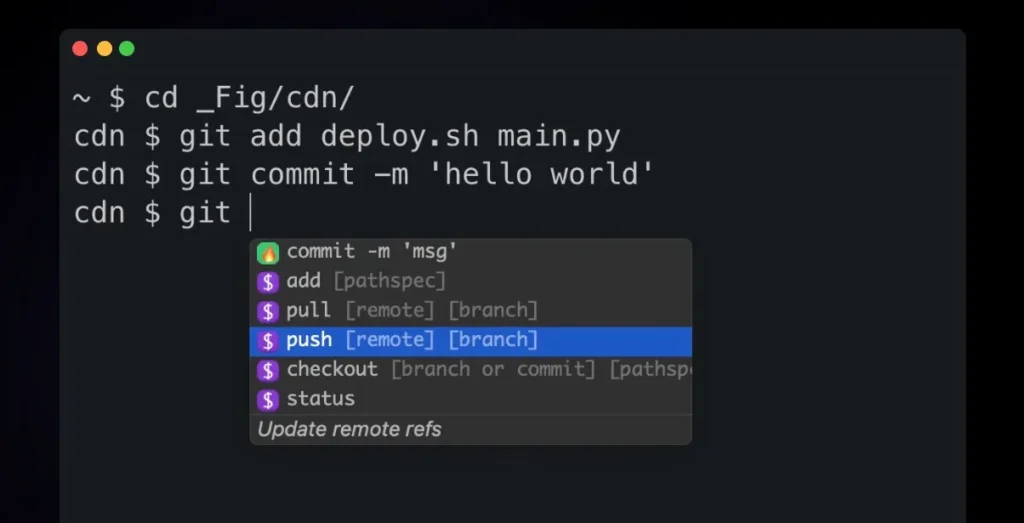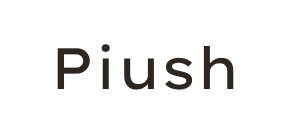In the ever-evolving world of command line interfaces (CLI), developers and sysadmins are constantly on the lookout for tools that can simplify their tasks and enhance productivity. Fig Command Line is one such revolutionary tool that has taken the developer community by storm. In this SEO-friendly article, we will delve into Fig Command Line, covering its introduction, installation process, standout features, and how it outshines the traditional terminal.

What is Fig Command Line?
Fig Command Line, or simply “Fig,” is a robust, open-source CLI tool designed to empower developers and sysadmins by providing intelligent auto-completions and interactive help, making the CLI experience more efficient and user-friendly. With Fig, you’ll spend less time typing and hunting down documentation, and more time getting things done.
Installation
Installing Fig is a breeze, and it’s compatible with popular shell environments like bash, zsh, and fish. Here’s a step-by-step guide to installing Fig:
Prerequisites: Ensure you have Node.js installed on your system.
Installation: Open your terminal and run the following command to install Fig globally:
brew install --cask fig
Initialization: After installation, initialize Fig by running:
fig init
Shell Integration: Follow the on-screen prompts to enable Fig in your preferred shell.
Once these steps are complete, you’re ready to harness the power of Fig!
Key Features of Fig
1. Intelligent Auto-completions
Fig takes auto-completions to the next level. It learns from your command history, codebase, and common shell commands to provide context-aware suggestions. This means you’ll spend less time typing out lengthy commands and more time focused on your tasks.
2. Interactive Documentation
Never again will you have to scour the internet for obscure man pages or command explanations. Fig provides in-line, context-sensitive help, ensuring you understand and utilize commands and options effectively.
3. Git Integration
Git is a staple in the developer’s toolkit, and Fig integrates seamlessly with Git. It offers auto-completions for Git commands and flags, making version control smoother and more intuitive.
4. Custom Commands
Fig allows you to create custom commands and shortcuts, streamlining repetitive tasks and tailoring the CLI to your workflow. This level of personalization is a game-changer for productivity.
Advantages of Fig Over the Traditional Terminal
1. Boosted Productivity
Fig’s auto-completions and interactive help significantly reduce the time spent typing and searching for documentation. This results in faster development and system administration tasks, making you more productive overall.
2. Reduced Learning Curve
Whether you’re a CLI expert or a novice, Fig simplifies the learning process. Its interactive documentation helps you grasp complex commands and options faster, increasing your CLI proficiency.
3. Personalized Experience
Custom commands in Fig allow you to adapt the CLI to your specific needs. Create shortcuts for frequently used commands or automate repetitive tasks, optimizing your workflow.
4. Enhanced Collaboration
Fig promotes collaboration by enabling you to share your command configurations with team members. This ensures consistency and efficiency within your team, especially when working on shared projects.
Fig Command Line is a game-changer for developers and sysadmins looking to enhance their CLI experience. Its intelligent auto-completions, interactive documentation, Git integration, and customization options make it a powerful tool in your arsenal. By simplifying tasks, reducing errors, and boosting productivity, Fig surpasses the traditional terminal in numerous ways. So, give Fig a try, and elevate your CLI game to new heights.
Note: Fig is not yet available for Linux and windows yet.
